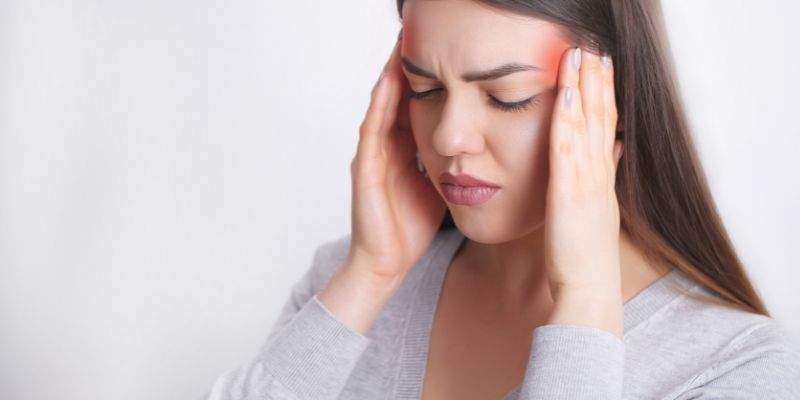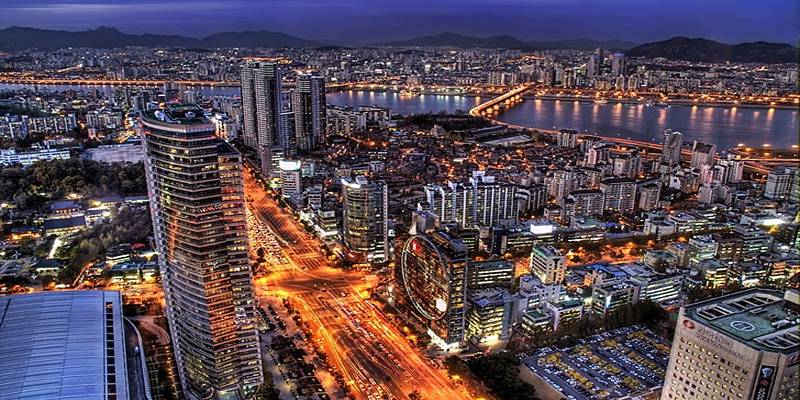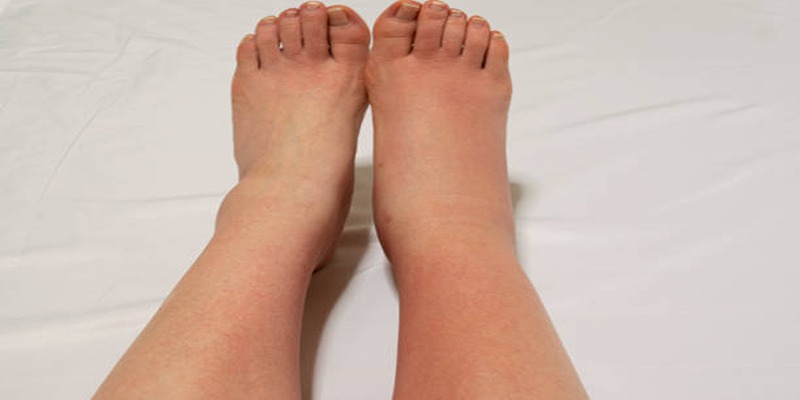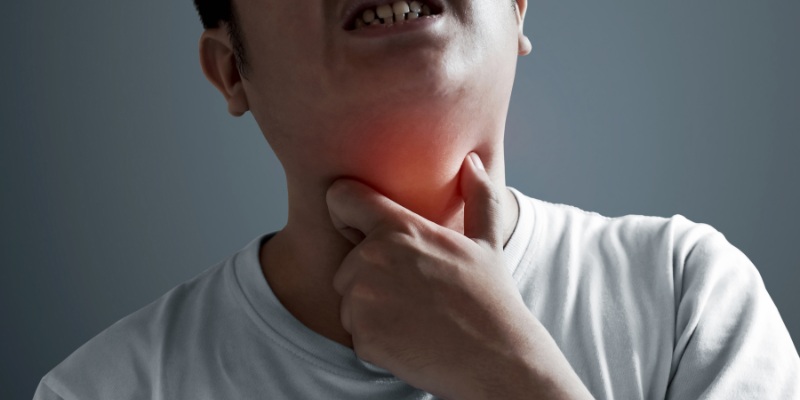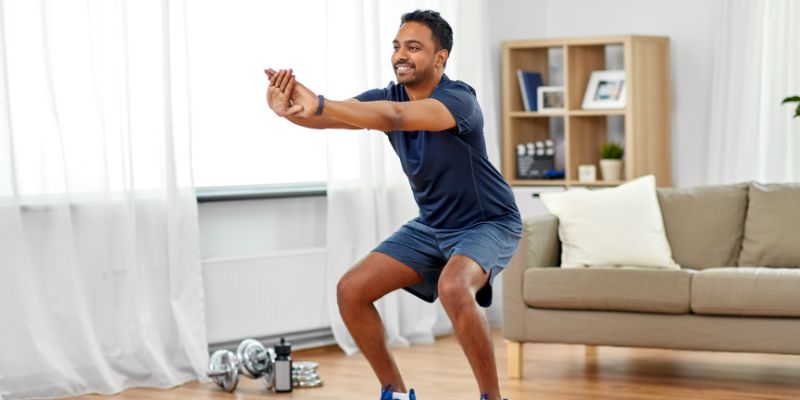Veins: Understanding Their Vital Role in Your Body
Veins have an important function in your circulatory system, it circulates the blood that is low in oxygen back to your heart. It also features other key blood vessels and assists arteries in helping your body to run in general. Knowledge in the general function of veins and their significance will assist you in decision making concerning the health. But patients may want to know what the veins are, how they are constructed, and how to promote good vein health.
Structure of Veins

Veins have a unique structure that allows them to efficiently carry blood back to the heart. Their design is composed of several key components:
- Tunica intima: The innermost layer of a blood vessel, made of smooth endothelial cells that reduce friction and help blood flow. It also helps manage vascular tone and permeability for healthy circulation.
- Tunica media: The middle layer, consisting of smooth muscle cells and elastic fibers. This layer controls blood flow and pressure by allowing vessels to constrict or dilate. It’s thicker in arteries to handle higher pressures.
- Tunica externa: The outermost layer, made of connective tissue with collagen and elastic fibers. It provides structural support, protects the vessel, and anchors it to surrounding tissues.
- Valves: Found in veins, these one-way valves prevent blood from flowing backward, especially in the lower body, ensuring blood moves efficiently toward the heart.
Types of Veins
There are three primary types of veins in the body, each serving a distinct purpose within the venous system:
Superficial Veins
Superficial veins are those which are found slightly beneath the skin and are therefore seen by the naked eye. They are also involved in vasodilation process in thermoregulatory adjustments, when the body needs to produce heat. Some of them named for popular recognition are the great saphenous vein and the small saphenous vein in the legs. In their primary duty, it consists of draining blood from the skin and the surface tissues; however, varicose or spider veins problems may concern superficial veins.
Deep Veins
Deep veins are situated deep within muscle tissue and typically run parallel to major arteries. These veins are vital for returning most of the deoxygenated blood back to the heart. Examples include the femoral and popliteal veins in the legs and the brachial vein in the arms. Because deep veins are highly functional and aligned with arterial systems, conditions like deep vein thrombosis (DVT) can pose serious health risks if left untreated.
Perforator Veins
Perforator veins act as connectors between superficial and deep veins. They play an integral role in venous circulation by shunting blood from superficial veins to deep veins. This ensures that pressure is evenly distributed in the venous system, preventing stagnation and promoting efficient movement of blood back to the heart.
Common Vein-Related Conditions
Despite their critical role, veins can face several health challenges. Below are some of the most common vein-related conditions:
Varicose Veins
Varicose veins are swollen, twisted veins that typically develop in the legs and feet due to elevated pressure within the veins. They often appear as dark blue or purple and may visibly bulge beneath the skin. Common risk factors include genetics, obesity, prolonged periods of standing or sitting, and pregnancy, all of which can contribute to their formation.
Varicose veins can cause discomfort and may sometimes lead to serious health issues. Here are the common symptoms and potential complications:
- Heavy or aching sensation in the legs
- Swelling around the affected area
- Itching near the varicose veins
- Risk of venous ulcers
- Potential blood clots
Treatment options include lifestyle changes like regular exercise and elevating the legs, compression stockings, or minimally invasive procedures, such as sclerotherapy or laser treatments, to remove or shrink the affected veins.
Deep Vein Thrombosis (DVT)
Deep vein thrombosis is a condition where blood clots form in the deep veins, most commonly in the legs. DVT can be life-threatening if a clot dislodges and travels to the lungs, causing a pulmonary embolism.
Key risk factors include extended periods of immobility (such as long flights or hospital stays), recent surgery, pregnancy, use of oral contraceptives, or a family history of clotting disorders. Signs to watch for include swelling, redness, warmth, and pain in the affected limb.
Preventative measures for DVT include staying active, maintaining a healthy weight, wearing compression garments during long periods of inactivity, and, in some cases, taking prescribed anticoagulant medication.
Spider Veins
Spider veins are small, damaged veins visible near the surface of the skin. These are often red, purple, or blue and usually take the appearance of a web-like network. Unlike varicose veins, spider veins are generally painless. They typically occur due to hormonal changes, prolonged standing, sun damage, or genetic predisposition.
Although spider veins are considered harmless, many individuals seek treatment for cosmetic reasons. Procedures like sclerotherapy or laser therapy are common solutions to address spider veins effectively.
Maintaining Vein Health
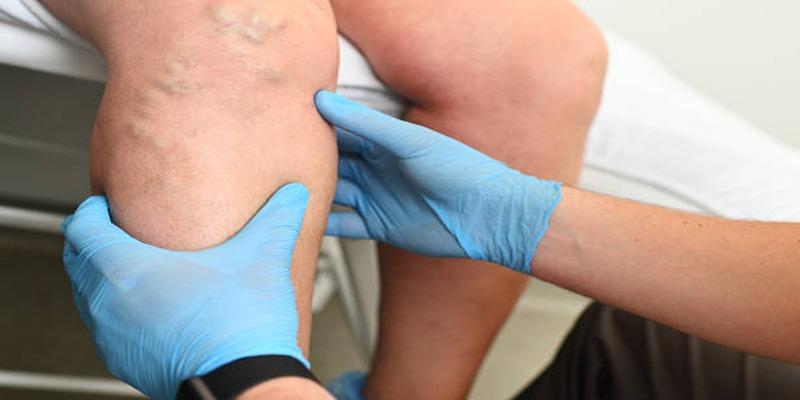
Proper care and proactive measures can significantly improve vein health and reduce the likelihood of developing vein-related issues. Here are some essential practices:
Regular Exercise and Movement
Physical activity is one of the most effective ways to boost circulation and improve vein health. Exercises like walking, swimming, or cycling can strengthen the calf muscles, which act as a pump to push blood back to the heart. For individuals who spend long hours sitting or standing, it is important to stretch or take short breaks to move around and prevent blood pooling in the legs.
Healthy Diet and Hydration
A well-balanced diet rich in fiber, vitamins, and minerals supports vein health by preventing obesity and improving overall blood flow. Foods high in antioxidants, like berries and leafy greens, can strengthen vein walls, while staying hydrated keeps blood fluid and prevents clot formation. Limiting salt intake can also reduce swelling in the legs caused by water retention.
Avoiding Prolonged Sitting or Standing
Occupations or habits that require prolonged sitting or standing can strain veins and lead to conditions like varicose veins or DVT. It is advisable to avoid sitting with crossed legs for extended periods and to use adjustable desks that allow a transition between seated and standing positions to minimize strain on the veins.
Conclusion
Veins play an indispensable role in overall circulatory health, ensuring that blood flow remains efficient and balanced throughout the body. Understanding their structure, functions, and the potential conditions that can affect them highlights their importance. By prioritizing healthy habits like regular movement, a nutritious diet, and necessary medical interventions, individuals can protect their vein health and enjoy improved overall well-being. If vein-related symptoms arise, seeking timely medical advice is crucial to addressing potential risks and maintaining a healthy circulatory system.

